Aude
WELCOME TO Aude
Entry Into Department
Carcassonne
6,139 km2
366,000
French
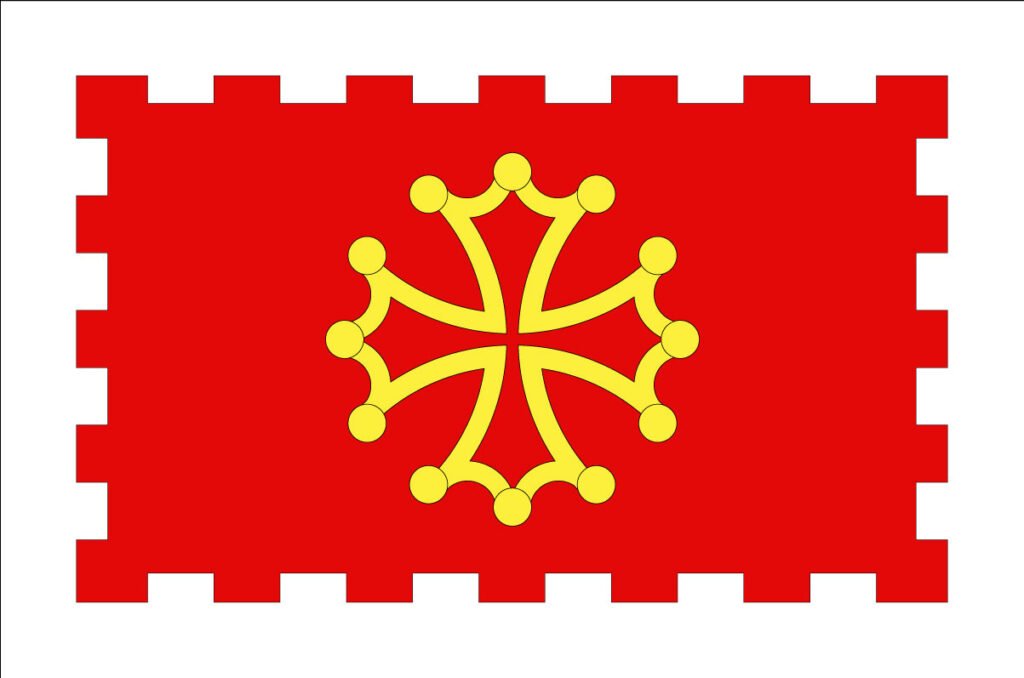
Popular
Geography and Tourist Attractions
Information about the canton's tourist attractions, including popular destinations, events, and activities.
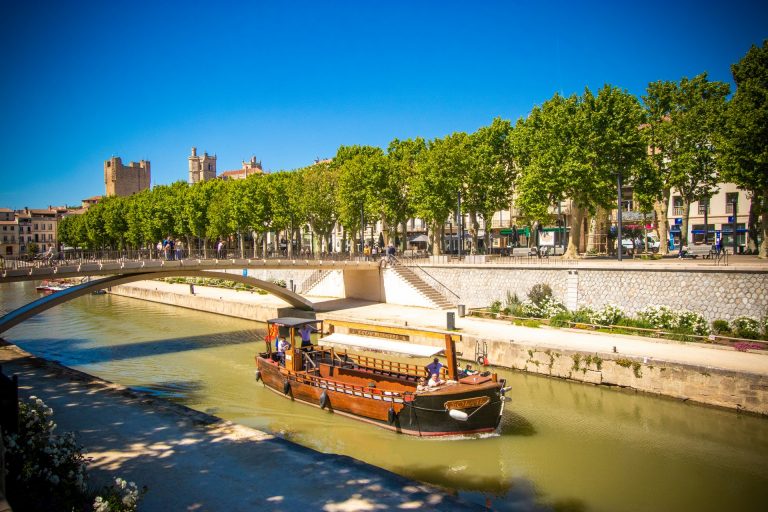
Canal du Midi

The Cathar Castles
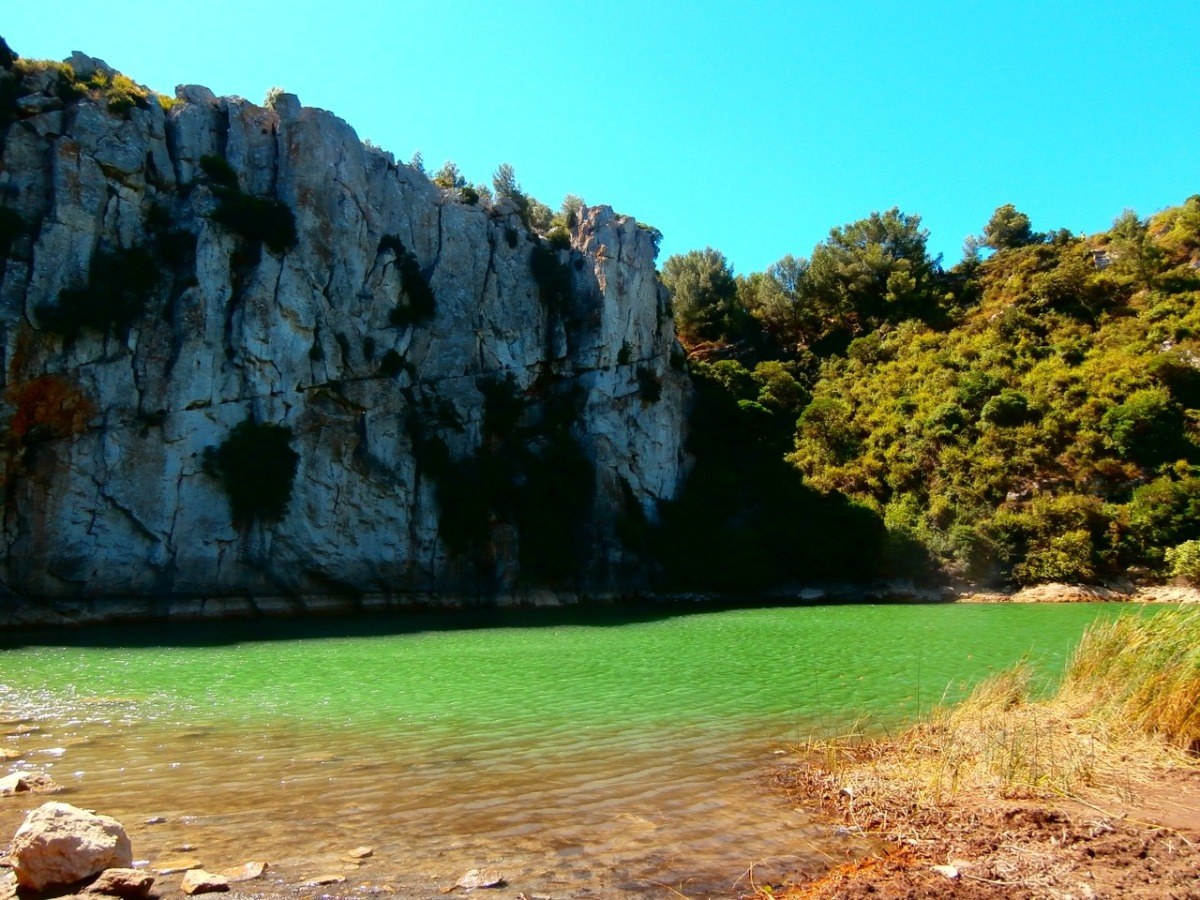
The Narbonnaise en Méditerranée Natural Regional Park
Political
Economy and Government
Aude's economy is largely based on agriculture, tourism, and wine production. The department is known for its production of wines such as Corbières, Minervois, and Fitou. In addition to wine, Aude also produces other agricultural products such as grains, fruits, and vegetables. The region's tourism industry is also significant, with the city of Carcassonne being a popular destination for visitors.
The government of Aude is led by the departmental council, which is responsible for managing local affairs and services. The council is composed of 38 elected members who serve six-year terms. The council's responsibilities include managing local transportation, waste management, social services, and economic development.
In addition to the departmental council, Aude is also represented in the national government of France by three deputies and one senator. These officials are responsible for representing the interests of Aude at the national level and working to secure funding and resources for the department.
Overall, Aude's economy and government are focused on supporting the region's agricultural and tourism industries, while also providing essential services to its residents.

History
History and Culture
Aude has a rich and diverse history dating back to ancient times. The region was inhabited by the Iberians, a pre-Roman civilization, and later by the Romans who established several settlements in the area, including the city of Narbonne. During the medieval period, Aude was a strategic region fought over by various powers, including the Visigoths, Moors, and Franks. In the 13th century, the region was the site of the Cathar Crusade, a brutal conflict between the Catholic Church and the Cathar heretics. Many of the castles and fortifications built during this time still stand today, and the region is known as the "land of the Cathars".
Aude's culture is shaped by its history and geography. The region has a strong sense of identity and pride, with many festivals and traditions celebrating its heritage. One of the most famous festivals is the Feria de Carcassonne, a five-day event featuring bullfights, concerts, and street performances. Aude is also known for its cuisine, which is based on fresh, locally sourced ingredients. Some of the popular dishes include cassoulet, a hearty stew of white beans, sausage, and pork; oysters from the Etang de Thau; and the sweet nougat of Limoux.
Art and literature have also played an important role in Aude's cultural history. The region has inspired many artists and writers, including the poet Joë Bousquet and the painters Jean-Paul Laurens and Gustave Courbet. Today, Aude continues to attract artists, writers, and visitors from around the world who come to explore its history, culture, and natural beauty.
HOTELS
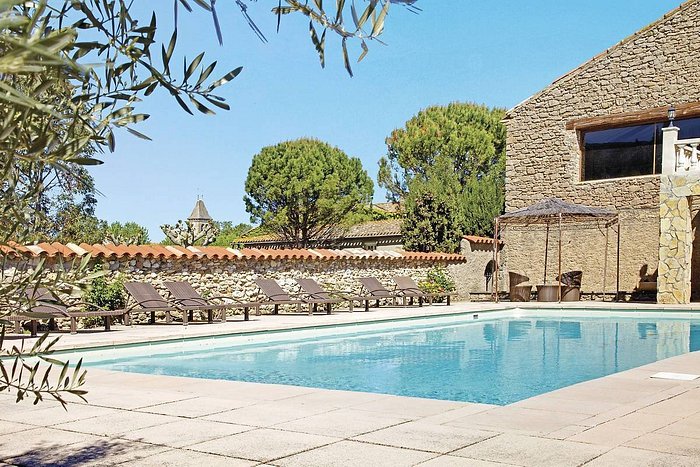
Château de Floure
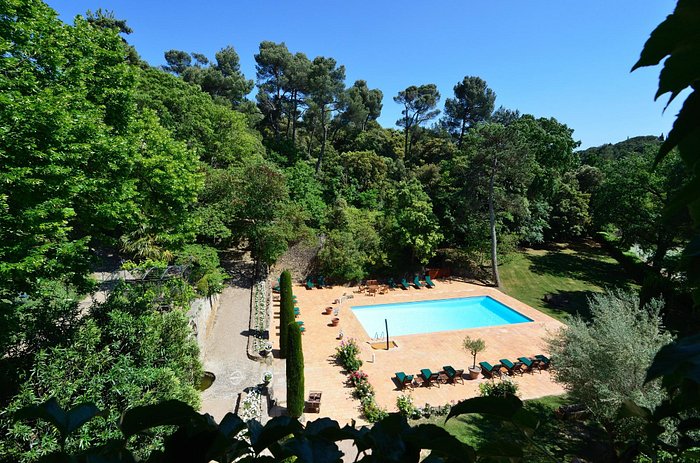
Domaine d'Auriac
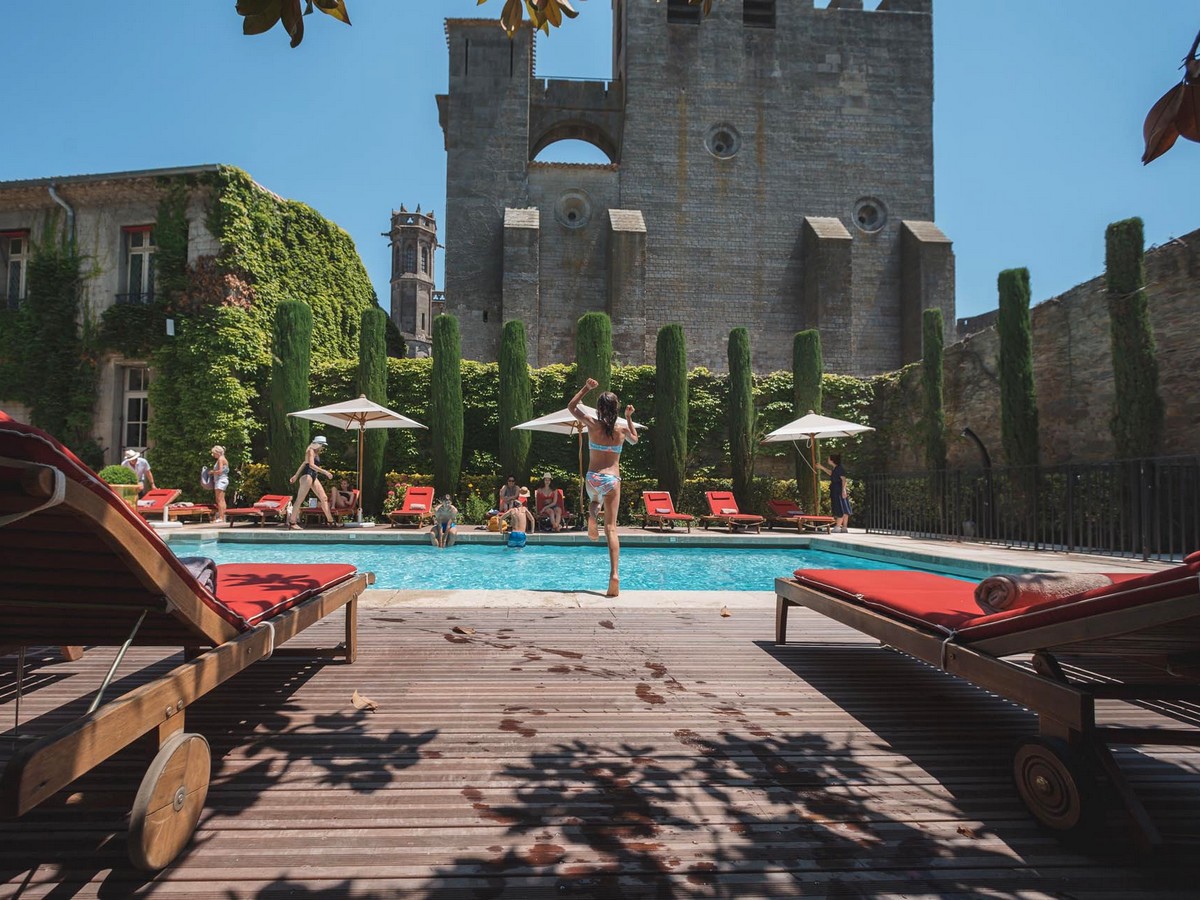
Hotel de la Cite Carcassonne
RESTAURANTS
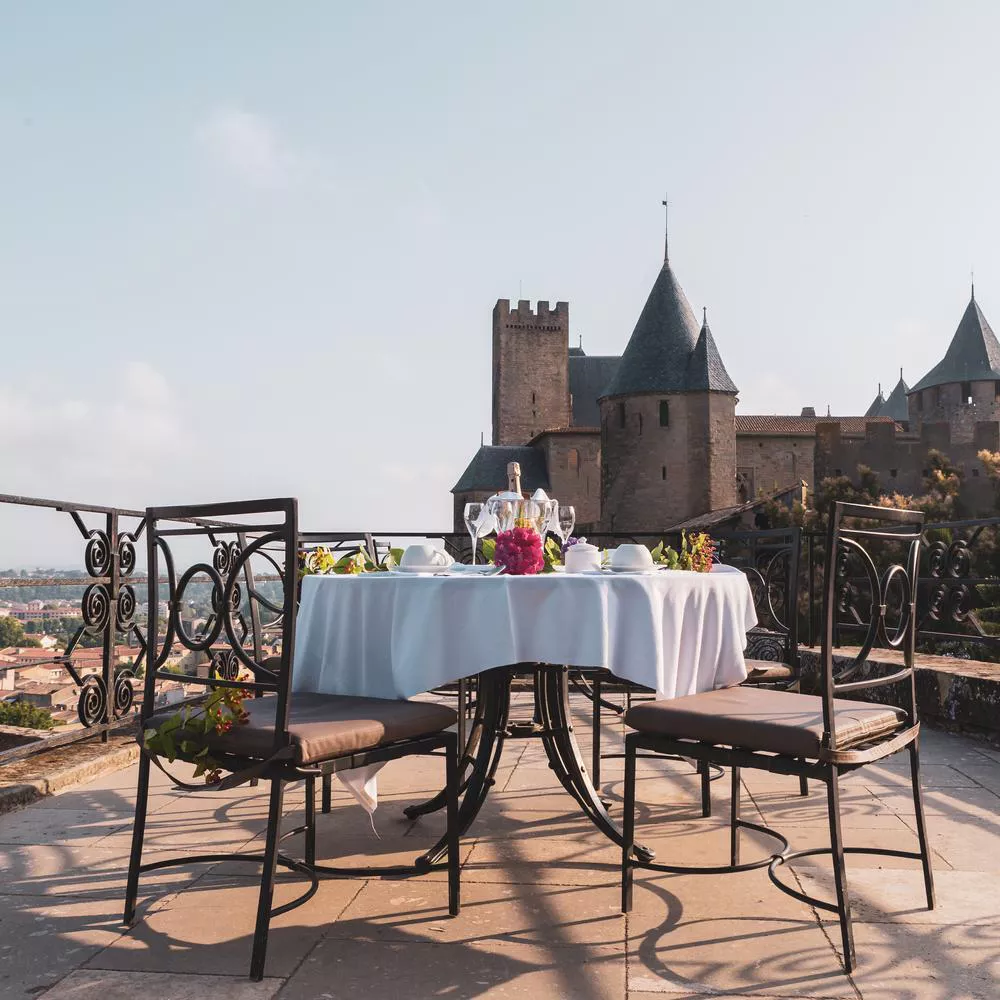
La Barbacane
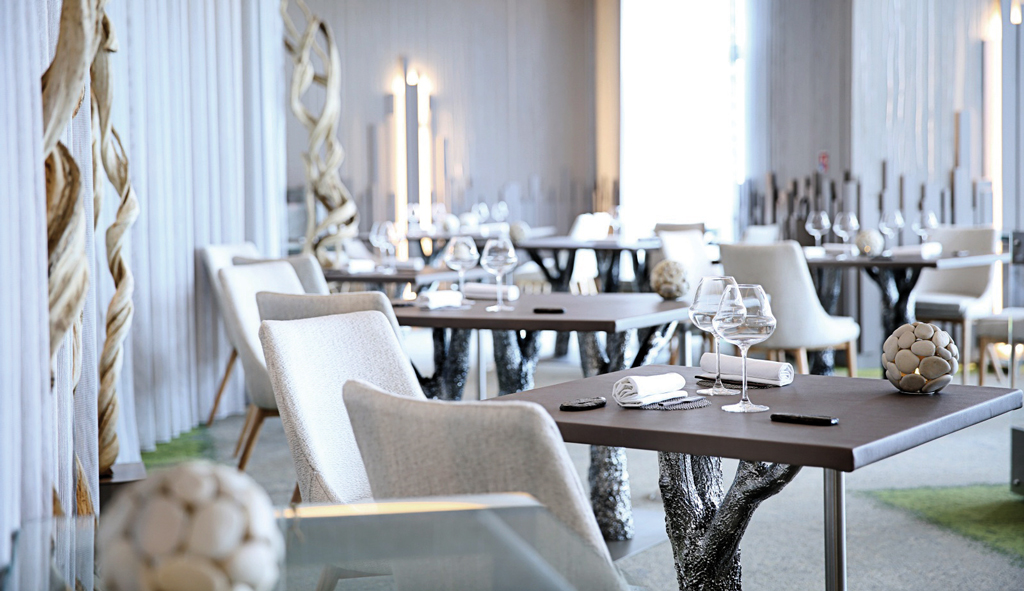
Le Parc Franck Putelat

